Antarctica is unlike any other place on the planet! Did you know that Antarctica is the world’s tallest, windiest, driest, and coldest continent? These are just some of the most interesting facts about Antarctica!
Antarctica is, without a doubt, a region of extremes and one of the most intriguing continents. It has no permanent inhabitants, harsh weather conditions, and massive skyscraper-high icebergs. That’s before you even begin to think about the the amazing marine life that dwells in its chilly waters.
A trip to this vast frozen desert will undoubtedly be an amazing journey! It will allow you to walk in the footsteps of legendary explorers such as Ernest Shackleton and more. There are many fascinating stories about the mysterious continent of Antarctica. Keep reading to find out all the fun facts about Antarctica you should know.
Table of Contents
Some Fun Facts About Antarctica
A trip to Antarctica is becoming increasingly popular, affordable, and accessible. In the 2018-2019 season, more than 56,000 people visited Antarctica, up 53% up from 2014.
- Planning a visit to Antarctica? Read all our travel advice and tips for the 7th Continent
Antarctica Is a Desert
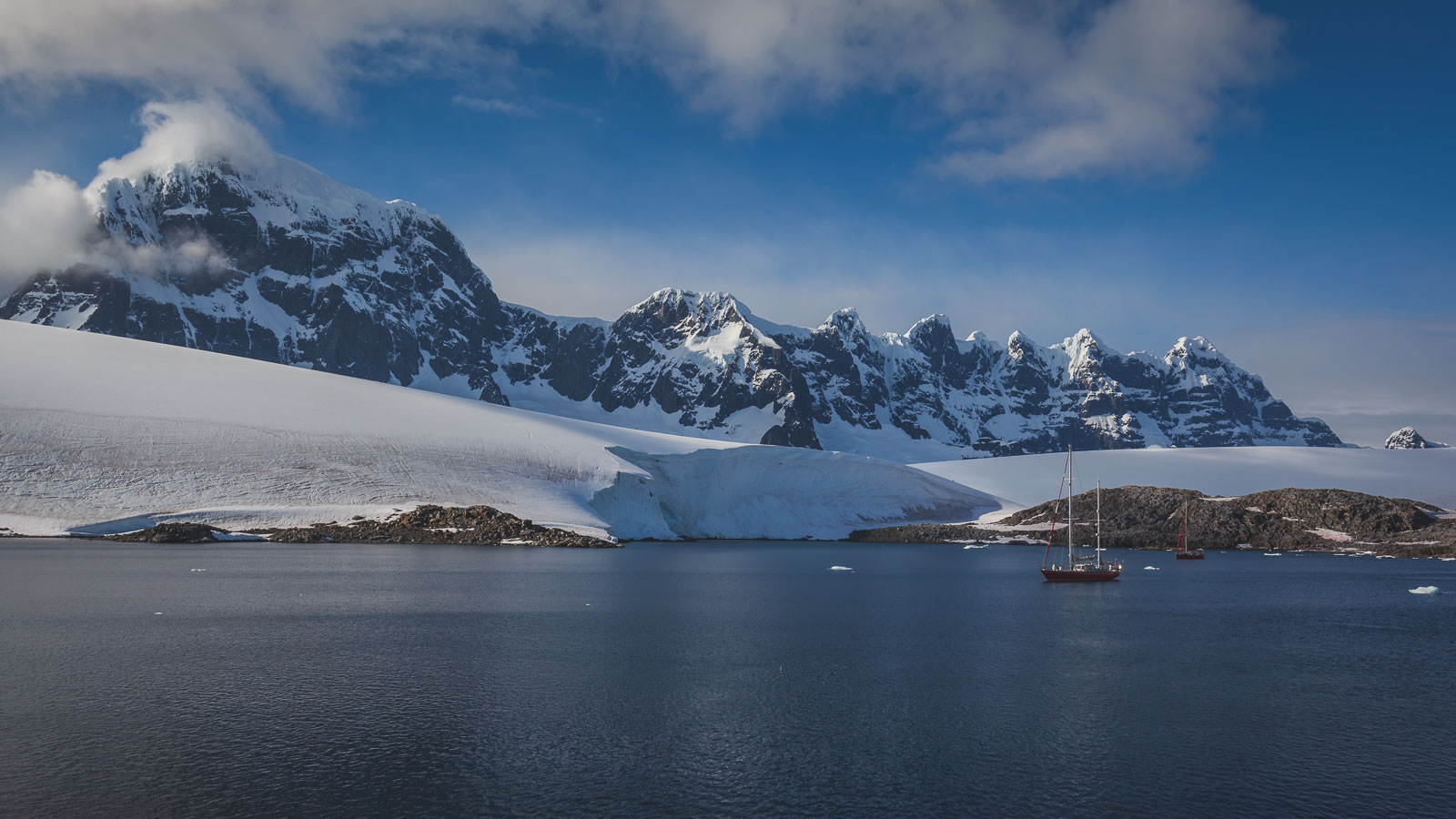
How could Antarctica be a desert with all of that freshwater stored in the ice sheet? This must be one of the most interesting facts about Antarctica! Most people associate deserts with dunes and scorching heat, yet a desert does not have to be arid and sandy. A desert is named after how much precipitation falls in the form of rain, mist, fog, and snow in the area. Any area with extremely low or no yearly precipitation is considered a desert.
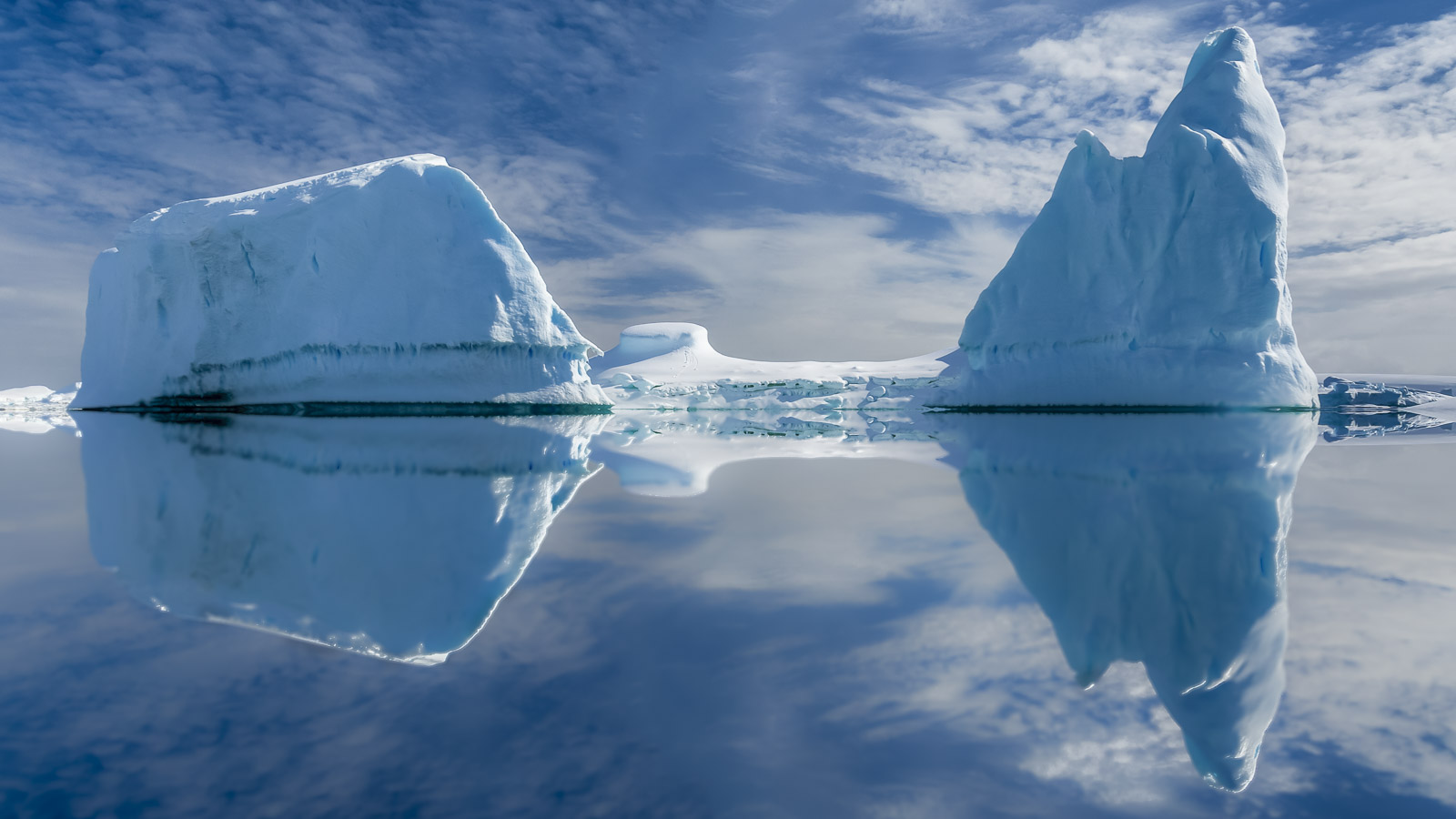
That being said, during the last 30 years, the average annual rainfall in the South Pole has been slightly over 10 mm or 0.4 inches. Although precipitation is higher along the shore, the average rainfall over the whole continent is low enough to qualify Antarctica as a polar desert.
Consequently, though Antarctica is covered with ice, it has taken 45 million years to build to its present thickness due to the lack of rain. As stated before, as well as being a desert, Antarctica is one of the windiest, highest, and coldest places on earth!
Antarctica Is the Biggest Holder of Freshwater on the Planet
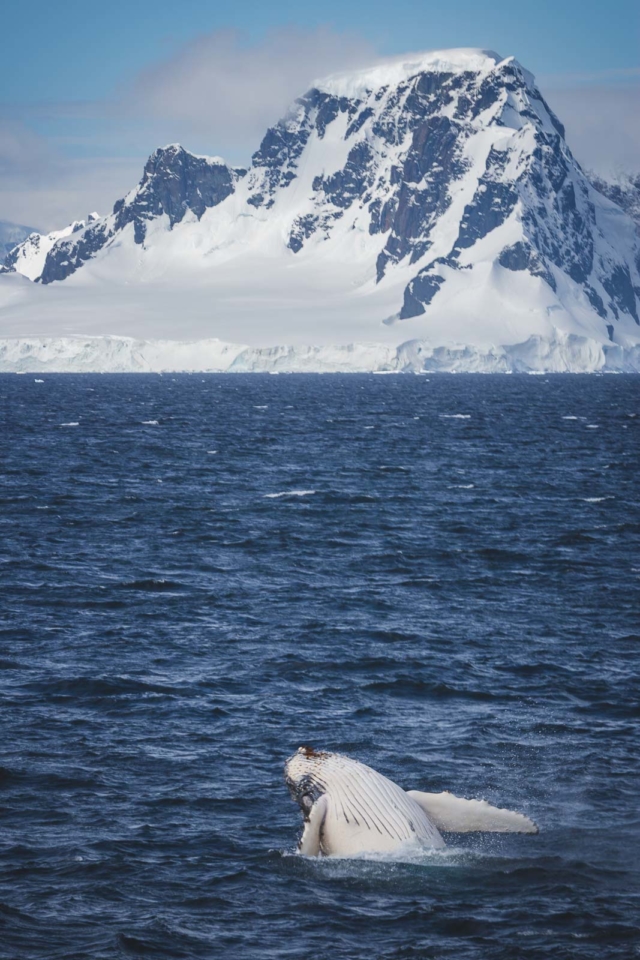
The Antarctic ice currently contains 90% of the world’s total ice capacity and 70% of its freshwater. If all that ice melted, there would be enough water to raise the earth’s sea level by 200 ft!
The ice sheet covering Antarctica is the world’s largest. It covers 14 million square kilometers or 5.4 million square miles. That includes all mountain ranges, ravines, and plateaus in Antarctica.
Only 1% of Antarctica is always ice-free. Other areas in summer are ice-free, and that is when tourists visit the Antarctic Peninsula. Antarctica’s summer is from December to March.
The thickest part of Antarctica’s ice sheet is 4.5km or 2.7 miles. In comparison, that’s about half the altitude of Mt. Everest! If Antarctica’s thickest ice sheet melted alone, sea levels would rise by 60 m or 200 ft.
Antarctica Was Not Always an Icy Continent

Antarctica wasn’t always frozen solid; for nearly 100 million years, the continent rested over the south pole without freezing over. Then, approximately 34 million years ago, the climate changed dramatically.
The warm greenhouse climatic conditions, which had been stable since the dinosaur extinction, abruptly cooled. That formed an “ice-house” at the poles that have persisted to the present day.

Considering that Antarctica has the world’s coldest recorded land temperature. It was recorded by Russia’s Vostok Station in July 1983 at -89.2°C (-128.6°F). It is hard to imagine that once upon a time the continent as a warm, subtropical paradise.
According to researchers, temperatures in Antarctica reached 17°C ( 62.6°F) about 40-50 million years ago. Scientists have also discovered fossils that reveal Antarctica used to be covered in lush forests and home to dinosaurs!
Discovery of Antarctica
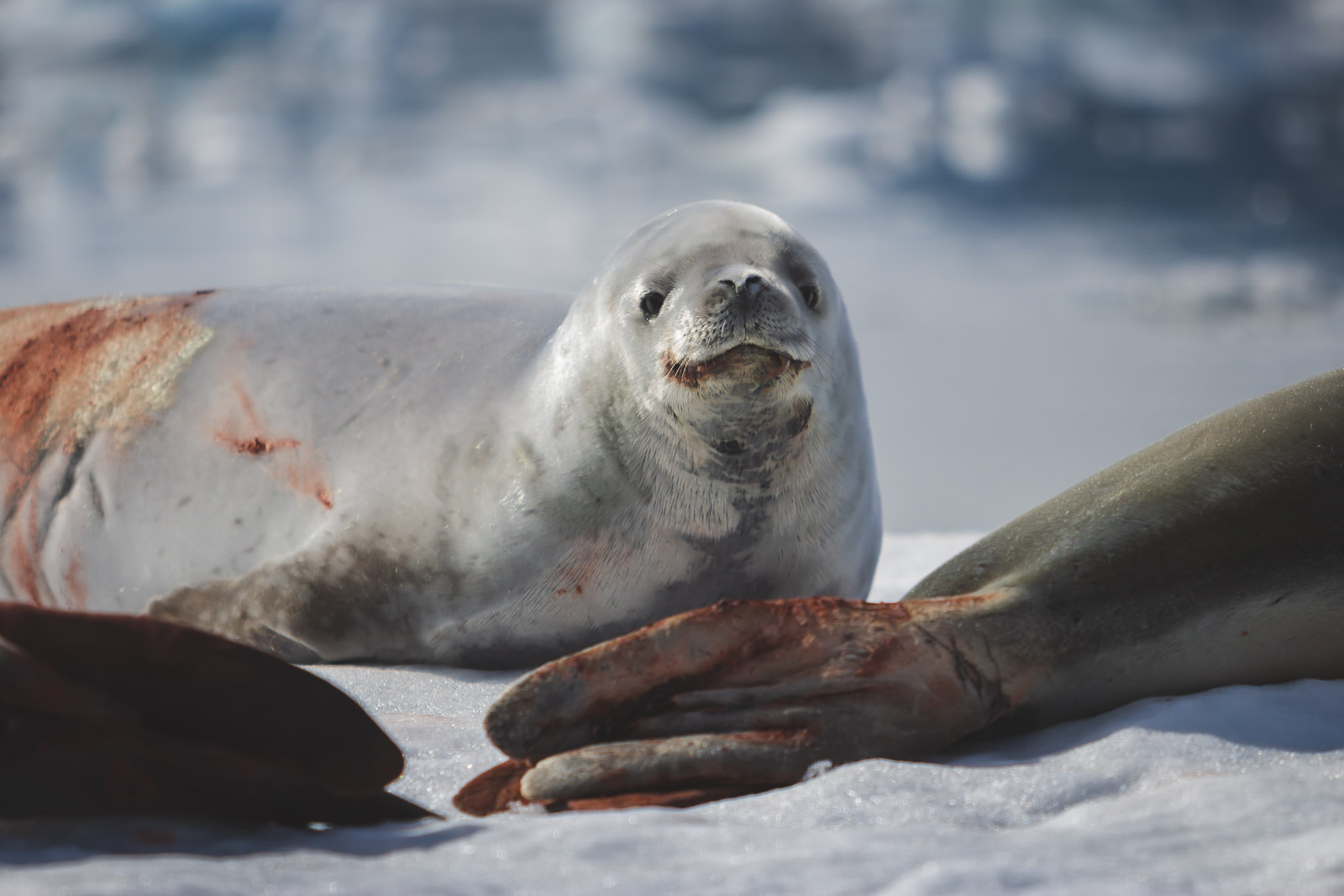
Towards the end of January 1820, the first discovery of Antarctica took place. That was accomplished during a two-year expedition worldwide by two Russian ships: the Vostok and Mirnyi. Both ships were under the command of Captain Fabien Gottlieb von Bellingshausen on a discovery mission for the Russian Empire.
On the 26th of January 1820, Bellingshausen’s ships became the first to cross the Antarctic Circle since Jame Cook nearly 50 years before in 1773.
There Is No Time Zone For the Antarctic
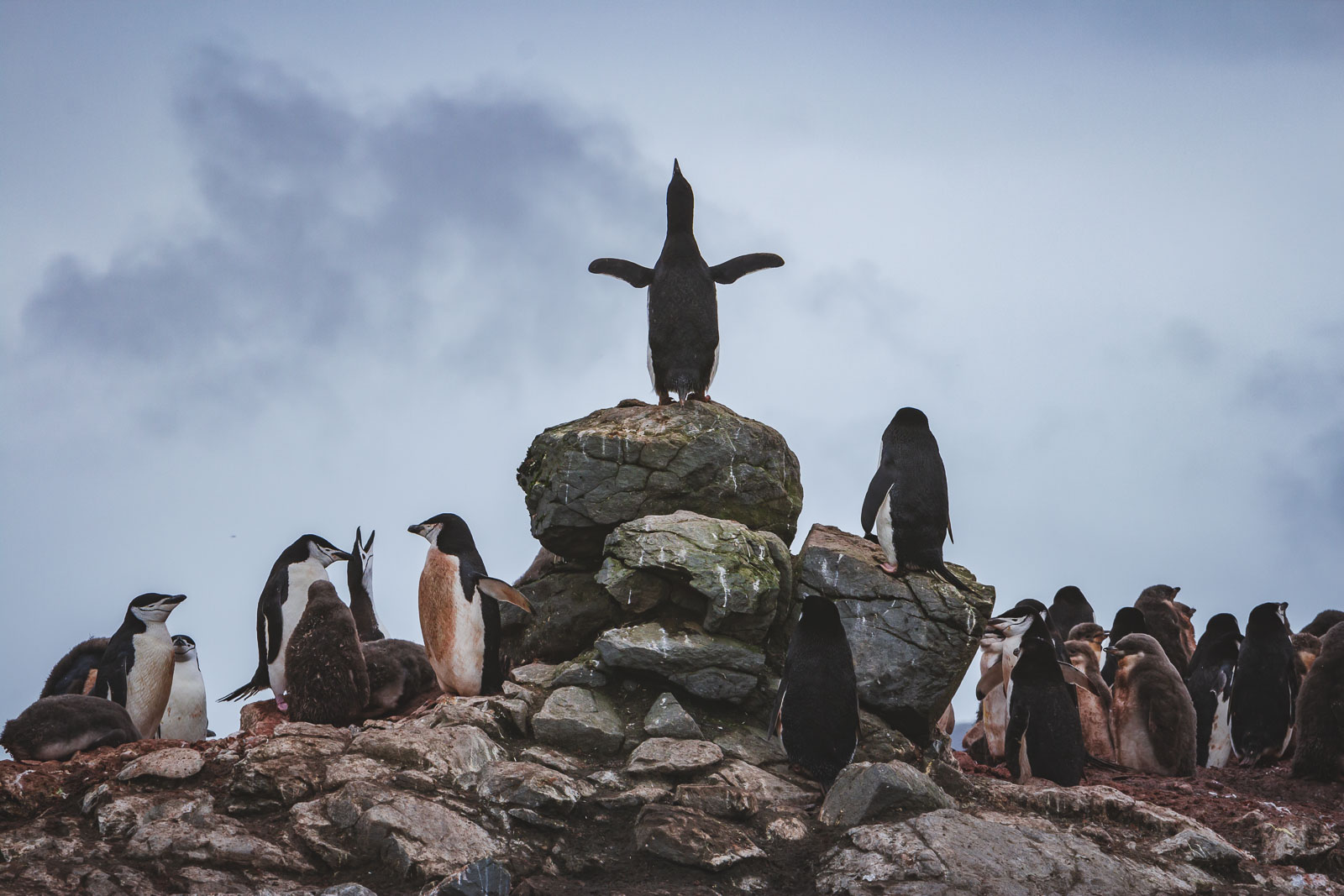
Here’s one of the strangest Antarctica facts for you! In Antarctica, the issue of time is complicated. Antarctica is not formally divided into time zones since it is primarily uninhabited. The South Pole in Antarctica is where the all Earth’s longitudes meet at one point. Longitude lines are the ones that give us the different time zones around the world. As a result, any time zone can theoretically be utilized there.
There are, however, a handful of research camps that each keep their own country’s local time. Some stations follow the country’s time zone that runs or supplies them, while others follow the times of nearby countries.
Summers in Antarctica are 6 months of continuous daylight, and winters are 6 months of darkness. Without the usual markers for day and night, time begins to seem a little odd. For travelers, however, they generally stay in the time zone of the departing country’s port.
Everywhere Is North
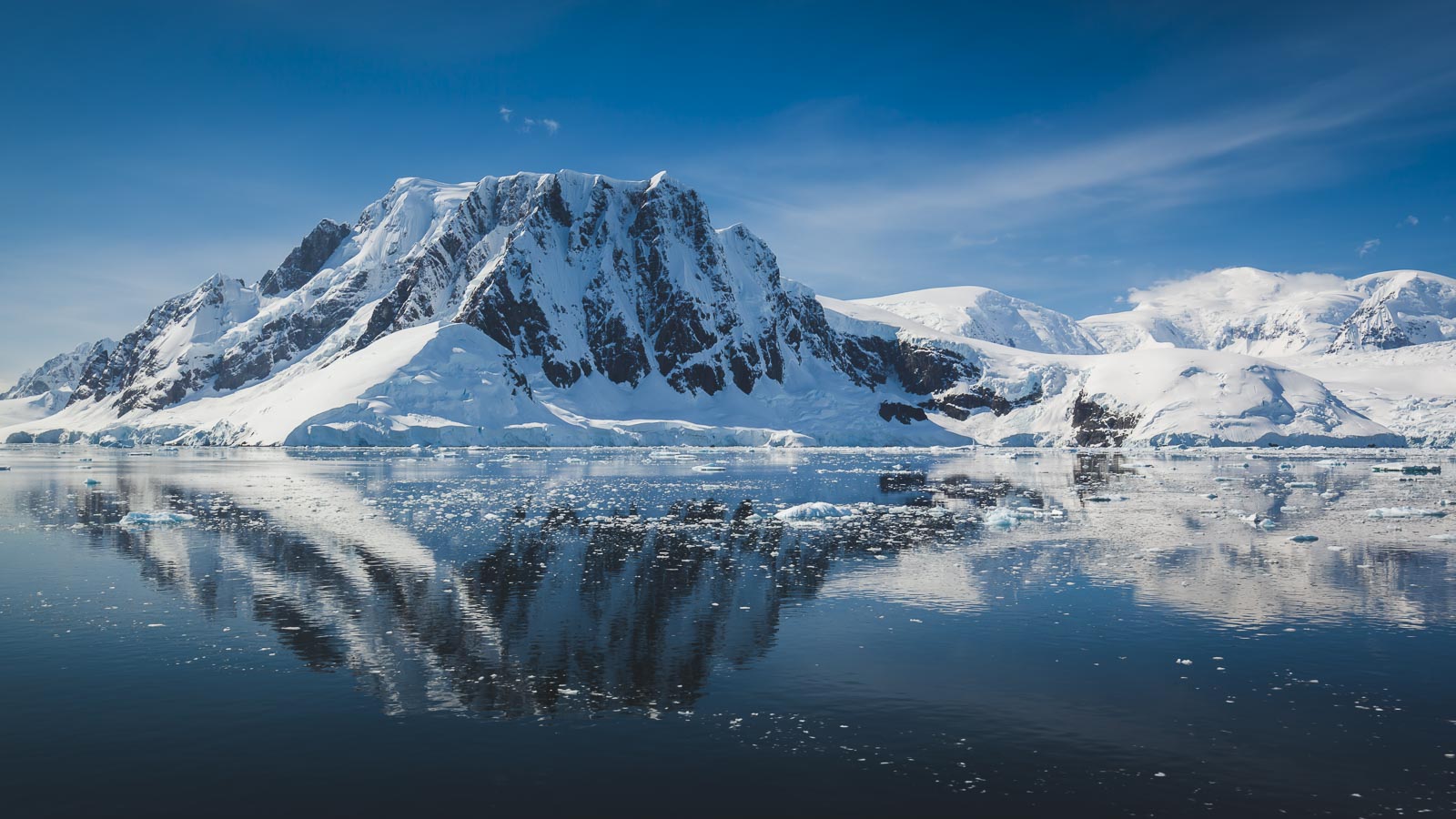
You are at the most southern point on the planet if you stand at the South Pole. It doesn’t matter which way you face and look; every way points to the north.
The question is, why do we refer to the Antarctic Peninsula as West Antarctica, while the area directly south of Australia is referred to as East Antarctica? The prime meridian is the basis for this. It’s an imaginary line that passes through Greenwich from the north pole to the south pole. Everything to your left is west, and everything to your right is east if you stand at the South Pole and face Greenwich.
Antarctica Is the World’s Fastest-Warming Regions
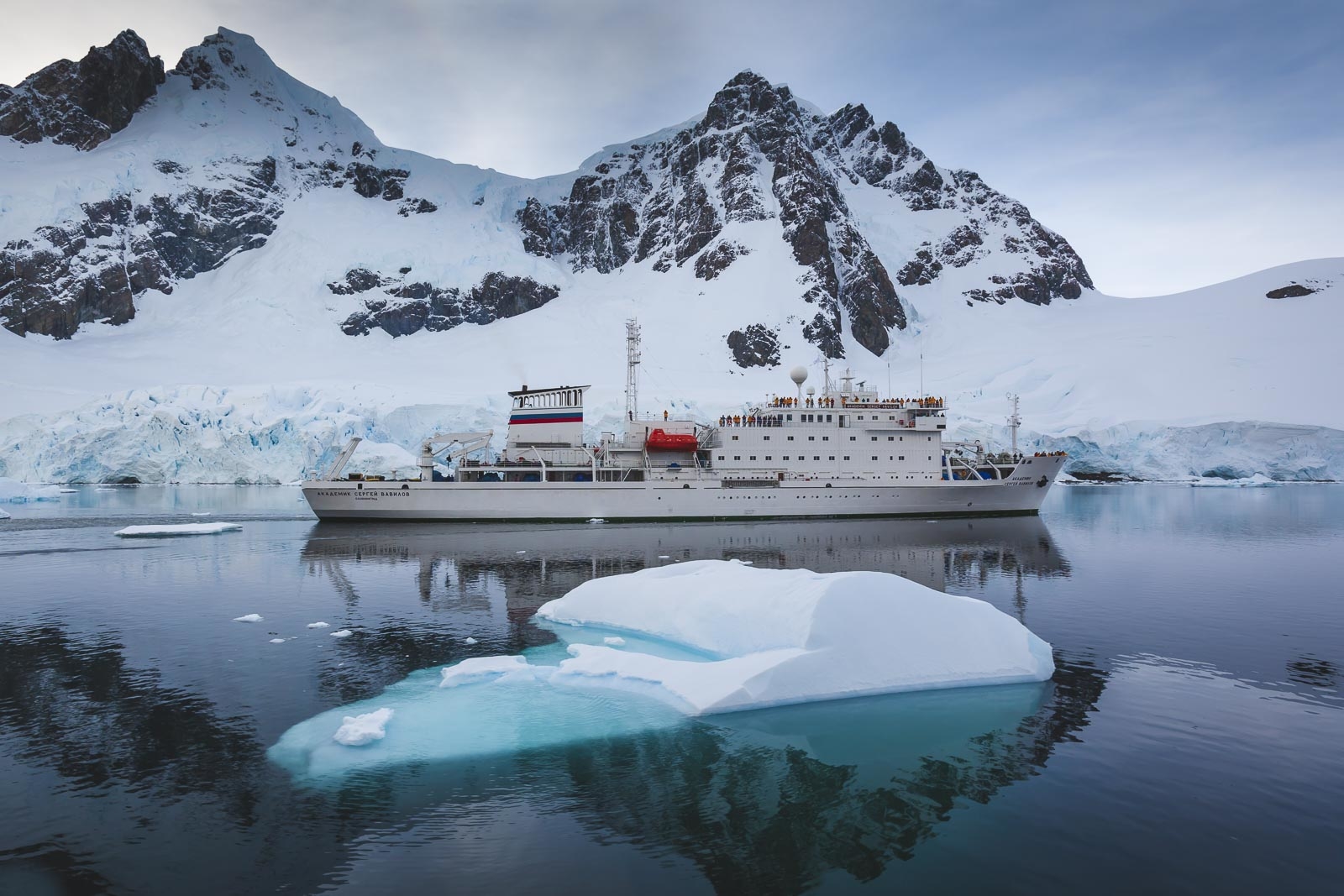
The Antarctic Peninsula is warming faster than many other parts of the planet. The west coast of the Antarctic Peninsula is one of the planet’s fastest-warming regions over the last 50 years. In fact, temperatures have increased across the Antarctic Peninsula by 3°C!
This has resulted in some changes, such as where and when penguin colonies form and ice in the sea forms. It also means that the plant life has a longer growing season.
There Are Active Volcanoes in Antarctica
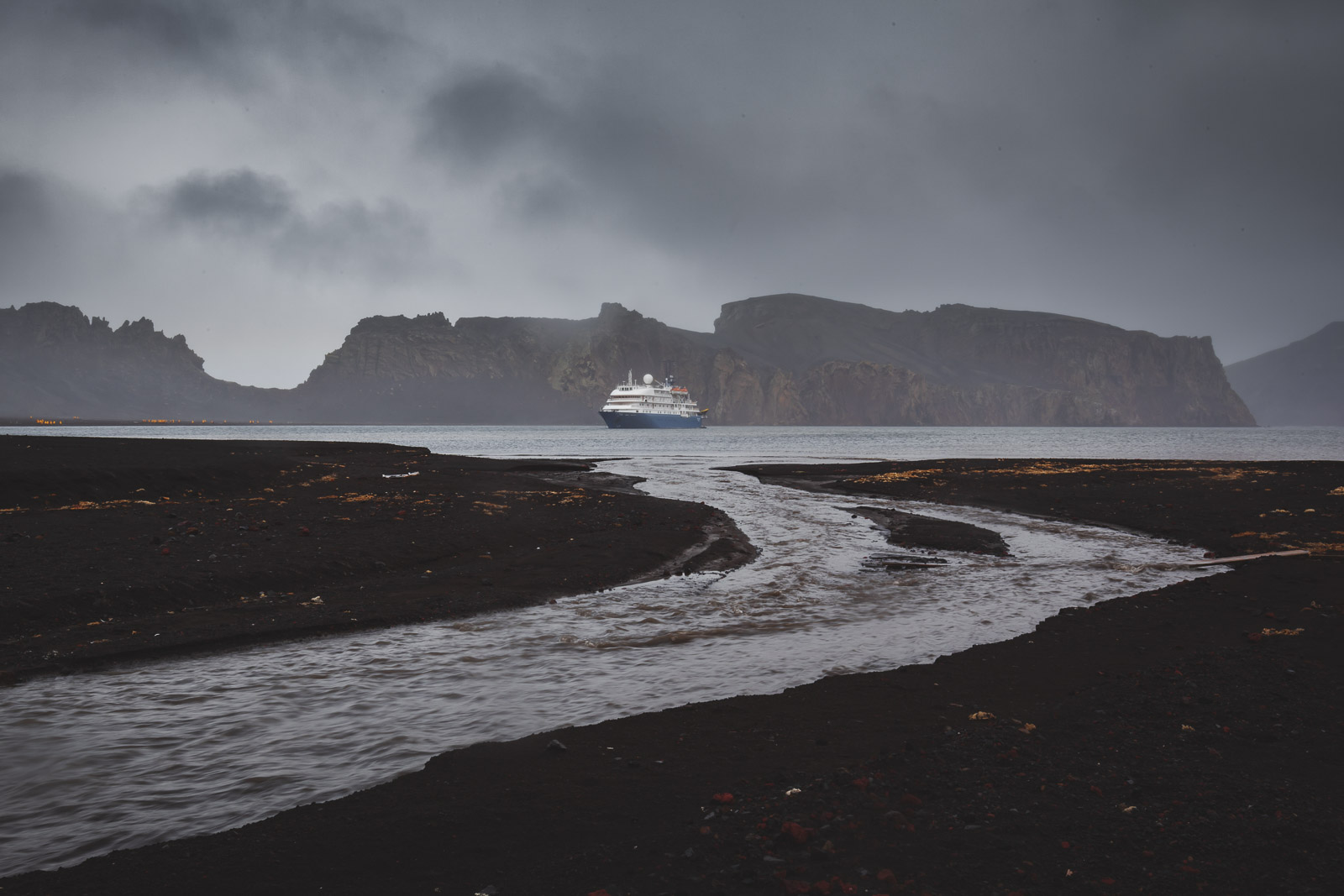
There are several volcanoes in Antarctica, two of which are still active. Mount Erebus is the world’s most southern active volcano and the second highest in Antarctica. This icebound volcano, located on Ross Island, is known for its ice waterfalls and twisted ice sculptures, which form around gases that leak from vents near the crater.
In 1908, a team led by Australian Edgeworth David and Douglas Mawson made the first climb of Mt Erebus. They made it to the steaming crater after a five-day strenuous and bitterly cold climb.
Deception Island, a volcanic basin in the South Shetland Islands, is home to the second active volcano. It was previously home to a successful whaling station and then a research station, but it was abandoned following the latest eruption in 1969.
It is a fascinating place to visit where you’ll see old whale bones and the oil containers slowly eroding form the old refinery. Deception Island is also a great place for travelers to partake in the Polar Plunge because of its hot pools.
There Is a Blood Red Waterfall that Flows
A five-story waterfall slowly pours out of the Taylor Glacier into Lake Bonney in Antarctica’s McMurdo Dry Valley. For far too many years, the cause of the red color was unknown, but scientists revealed in 2017 that they had discovered it.
The flowing water from inside the glacier came from a salty, oxidized iron-rich subglacial lake. The iron in this water flow rusted when it came into contact with oxygen, giving the water its remarkable red color. Hence the name it’s given, Blood Falls.
Its Own Treaty Governs Antarctica
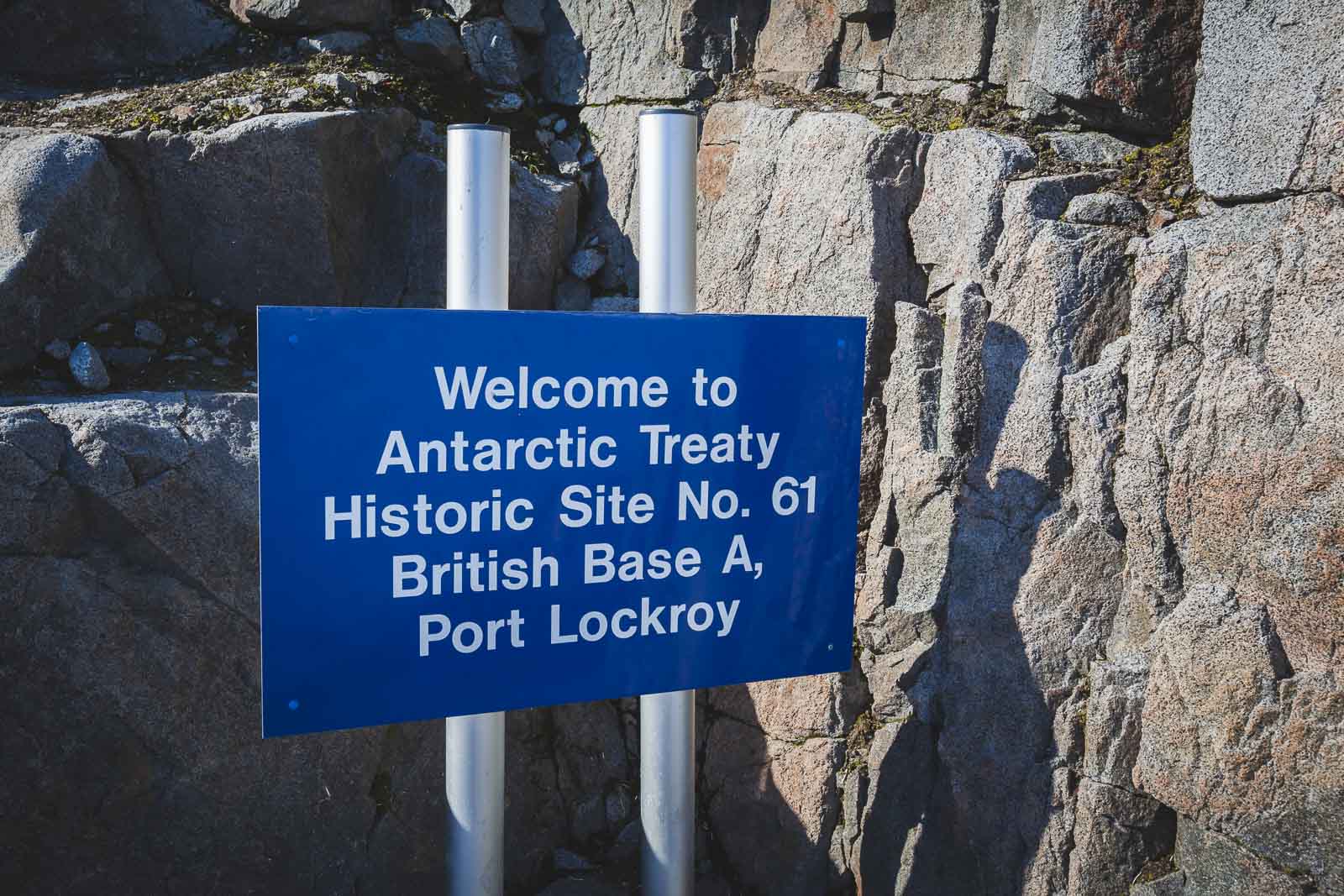
Antarctica was the only continent without an indigenous population when people first discovered it in 1820. Several countries quickly tried to make claims to the continent. That, of course, led to major tension.
Antarctica is now governed by an international treaty system known as the Antarctic Treaty System. This treaty was signed in 1959 by 12 countries whose scientists were stationed in or near Antarctica.
Seven countries with territorial claims were among the first signatories of the Antarctic Treaty. These were Australia, Argentina, France, Chile, New Zealand, United Kingdom, and Norway.
In 1961, the Antarctic Treaty came into effect. Many other countries have since agreed to it. The Antarctic Treaty System makes all decisions by consensus, with collaboration and agreement on the key concerns.
The Antarctic Treaty System now includes strict rules for commercial fishing and seal hunting, and a complete prohibition on mining and mineral discovery.
Diamond Dust In the Air
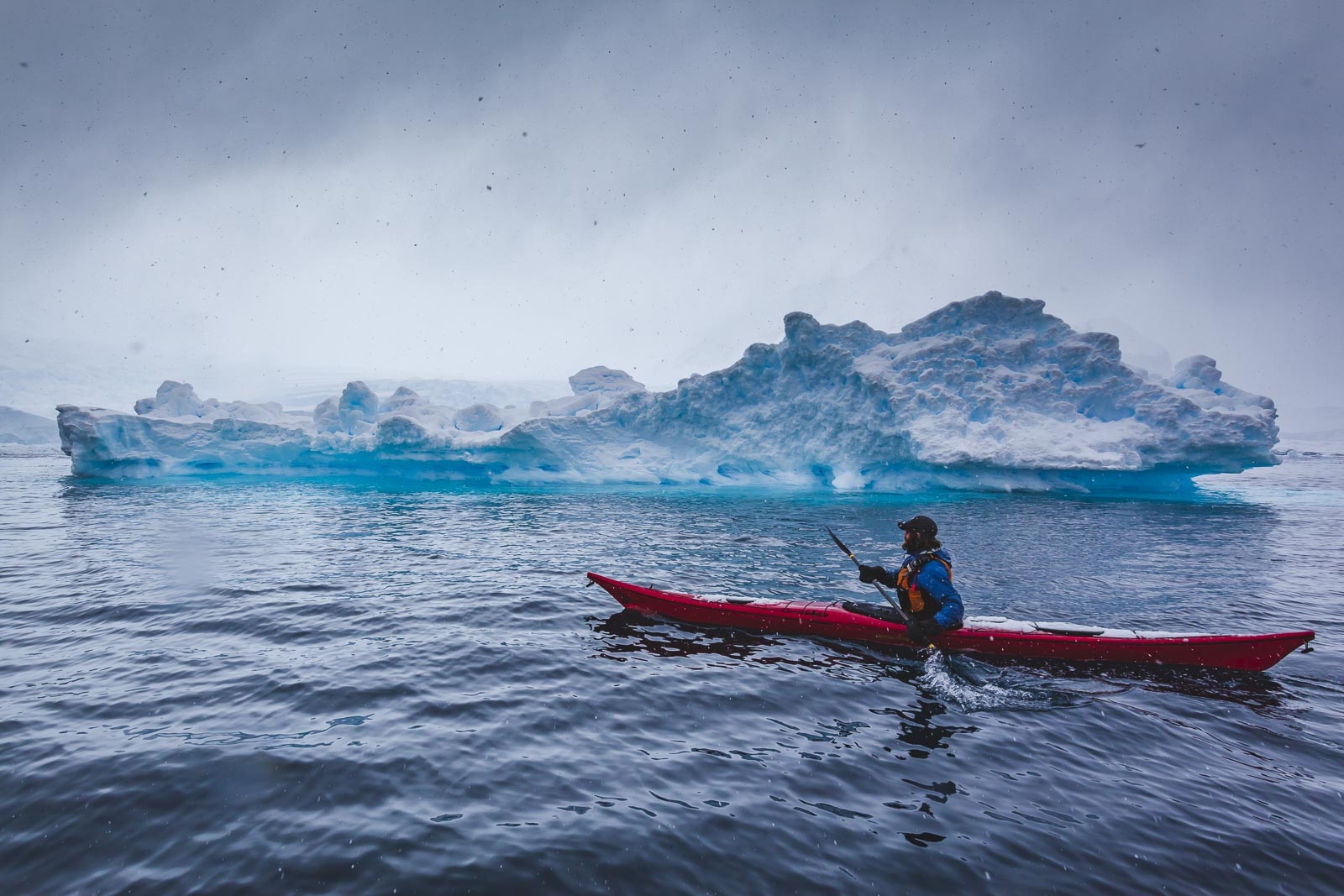
Diamond dust is one of the phenomena of the Antarctic. What is diamond dust? It’s a type of rainfall made up of small, elongated ice crystals that fall slowly and appear to float in the air.
Sunlight causes ice crystals hovering in the air to shimmer, generating a sparkling effect that resembles a million-minute hovering diamonds. Halos, sun-dogs, and light pillars are all magnificent visual effects caused by diamond dust.
Antarctica’s Icy Frontier
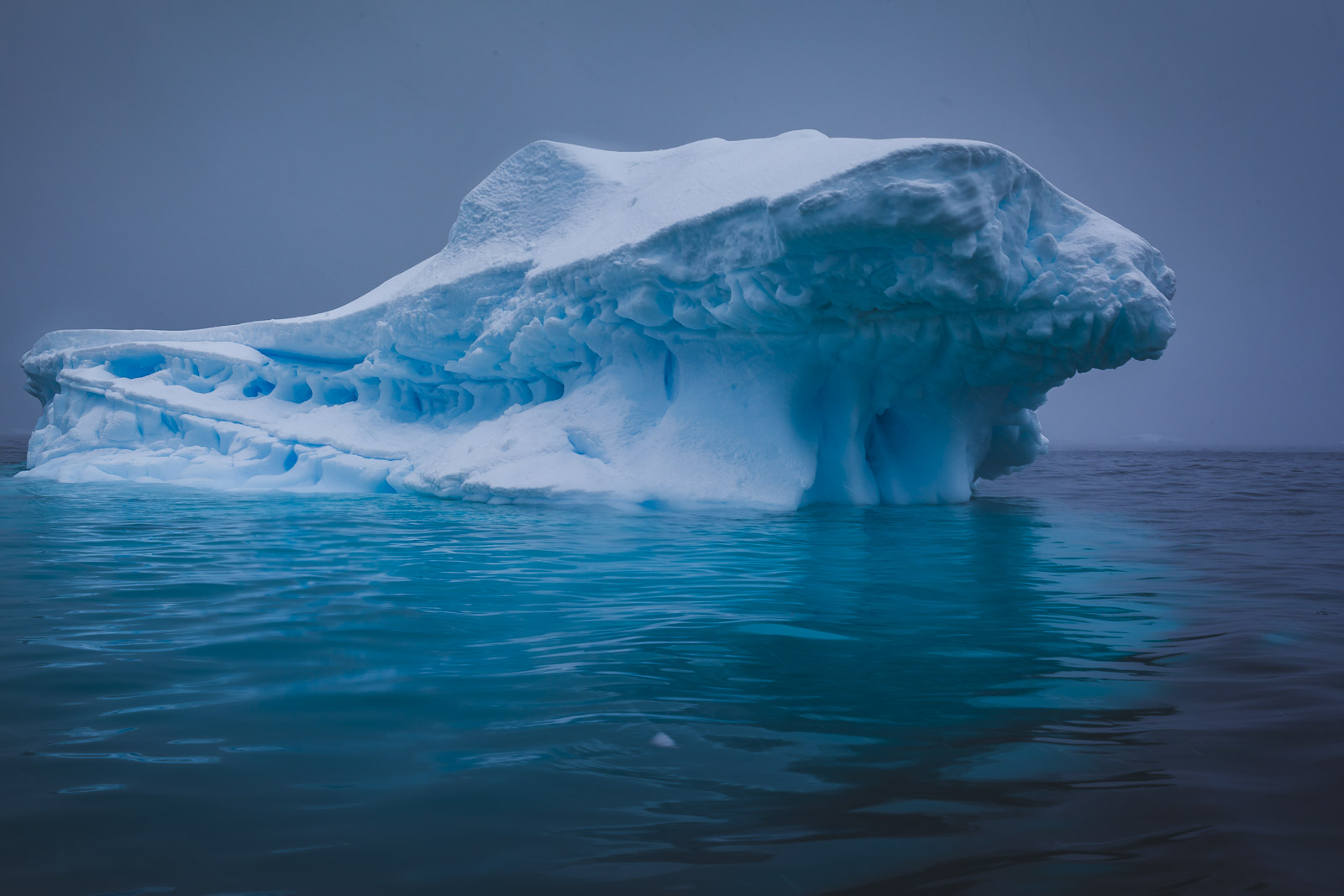
We hope you have enjoyed some of the fun facts about Antarctica. There are thousands more beautiful and fun facts that do not show this cold continent’s true beauty and diversity!
You can, of course, experience it for yourself if you wish. Antarctica is quickly establishing itself as the ultimate adventure tourism location.
The few travelers who are lucky enough to travel to Antarctica and explore its enormous expanses return home eternally transformed by an encounter so amazing that it touches them to the core of their hearts.
Do you want to go to Antarctica and witness it for yourself? Read our Antarctic travel guide for some travel tips!
Planning Resources for Antarctica
- Packing: How To Pack For An Antarctica Cruise
- Things to do: 11 Of The Best Things To Do In Antarctica
- Planning: Antarctic Expedition Explained – What To Do On Continent #7
- Adventure: Sea Kayak Antarctica – The Adventure Of A Lifetime
- Camping: Camping On Antarctica
- Polar Plunge: What It’s Like To Take The Polar Plunge In Antarctica
- Photography Tips: Antarctica Photography – 8 Easy Tips And Tricks
- Camera Gear: Camera Gear For Antarctica

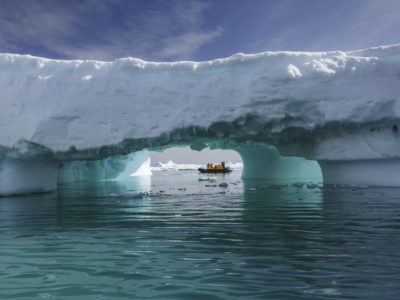
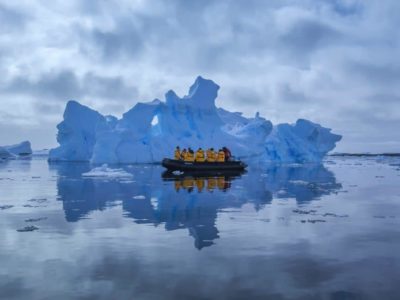
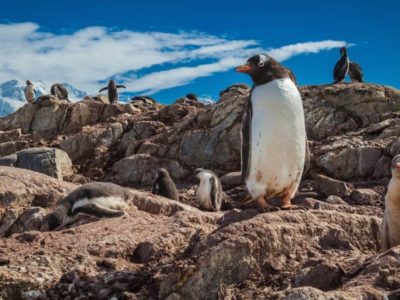
This was such an interesting read! Didn’t know most of the facts. Particularly one that awestruck me that Antarctica wasn’t always an icy continent.